Hello,
I have access to a very nice digital microscope, so I took the forum's advice and performed my own fecal float test on Crayon. He's a male Veiled, 8.5 months old. I'd say it went quite well! I'd like to submit these images to the forum for review. I did the tests using standard lab vials and slides - no special equipment or labware. There seem to be plenty of explanations on the forum, but if there is interest I can post a little photo-essay-style how-to. The whole effort was much easier than expected.

Figure 1: Cricket leg parts dominated the slide area. These look like the barbs from the tibia of the jumping legs maybe.

Figure 2: Strewn throughout the debris, these little football shapes are one of the things we are looking for. Those are Oxyurida ova, or Pinworm eggs I believe. They pose no danger of zoonosis (transmission to humans). According to this reptile parasite identification guide, they are "so common they're considered more of a pest." The parasite is even "potentially beneficial" to the host according to this guy. Some say it is unnecessary, but they are treatable with Fenbendazole.

Figure 3: Comparison images of Oxyurida ova found on the internet. Oxyurida are a type of nematode. At roughly 100 microns, they are nearly identical in size to the specimen found during this exam link

Figure 4: Close-up of Oxyurida ovum in Crayon's fecal sample, next to a cricket whisker

Figure 5: Another Oxiurida ova at 1000x magnification

Figure 6: I count 9 Oxyurid ova in this image

Figure 7: Detail view of the left side of Figure 6 showing a half-dozen Oxyurid ova

Figure 8: Another group of Oxyurida ova

Figure 9: A single ovum at the edge of the slide cover
Is this enough to consider treating it, or should I just leave it be?
_______________________________________________________________
The following shapes are roughly 5 microns across (relative to the Oxyurid ovum which are 20 times larger). I was not able to identify these. They vary in color, but seem completely uniform except for the darker border area. Perhaps someone else might have a clue?

Figure 10: Small, opaque seed-like shapes with dark boundaries were found occasionally. Note 1000x magnification.

Figure 11: A field of opaque seed-like shapes at 300x magnification. Oxyurida ovum visible at left. Possibly a cluster of seed-like shapes at lower right.

Figure 12: A cluster of opaque seed-like shapes at 400x magnification

Figure 13: Another cluster of seed-like shapes next to an Oxyurid ovum at 400x magnification
Advice and suggestions are appreciated. Thank you!
I have access to a very nice digital microscope, so I took the forum's advice and performed my own fecal float test on Crayon. He's a male Veiled, 8.5 months old. I'd say it went quite well! I'd like to submit these images to the forum for review. I did the tests using standard lab vials and slides - no special equipment or labware. There seem to be plenty of explanations on the forum, but if there is interest I can post a little photo-essay-style how-to. The whole effort was much easier than expected.
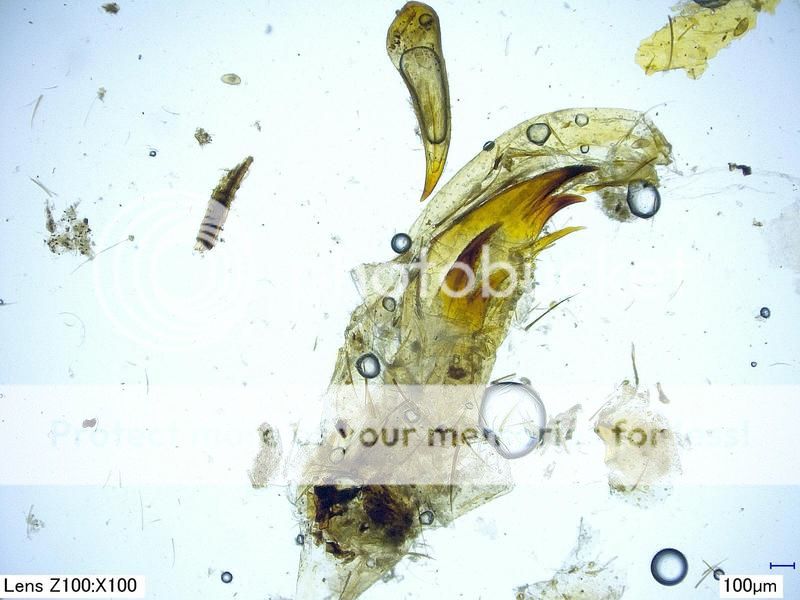
Figure 1: Cricket leg parts dominated the slide area. These look like the barbs from the tibia of the jumping legs maybe.
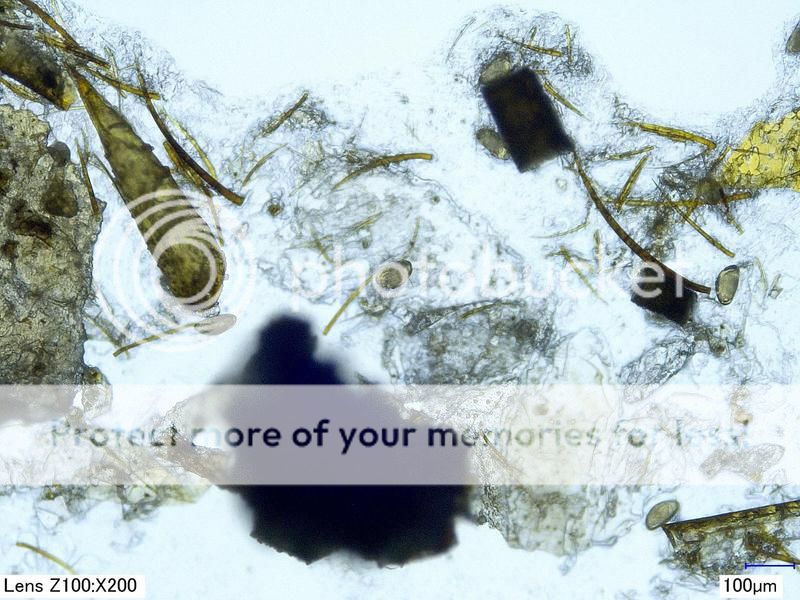
Figure 2: Strewn throughout the debris, these little football shapes are one of the things we are looking for. Those are Oxyurida ova, or Pinworm eggs I believe. They pose no danger of zoonosis (transmission to humans). According to this reptile parasite identification guide, they are "so common they're considered more of a pest." The parasite is even "potentially beneficial" to the host according to this guy. Some say it is unnecessary, but they are treatable with Fenbendazole.
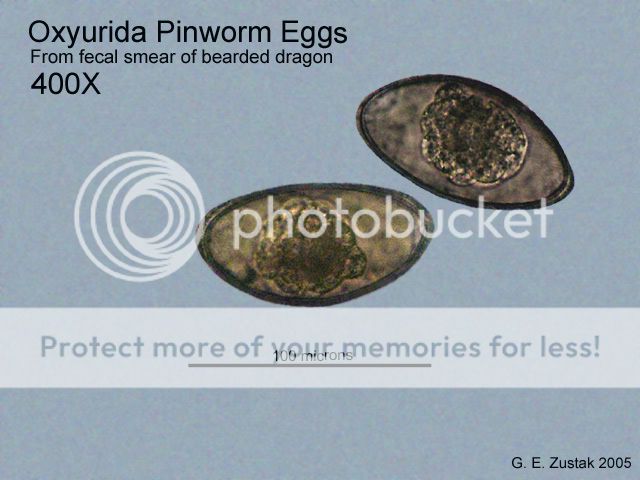
Figure 3: Comparison images of Oxyurida ova found on the internet. Oxyurida are a type of nematode. At roughly 100 microns, they are nearly identical in size to the specimen found during this exam link
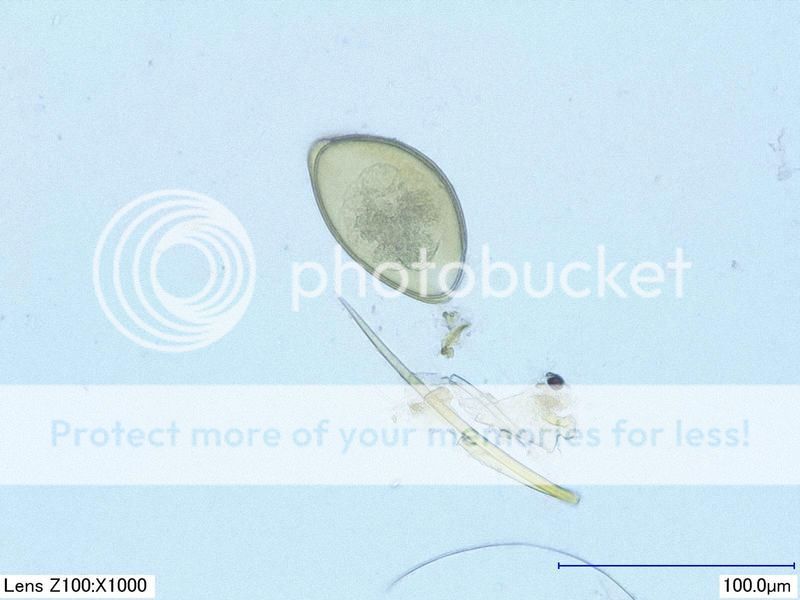
Figure 4: Close-up of Oxyurida ovum in Crayon's fecal sample, next to a cricket whisker
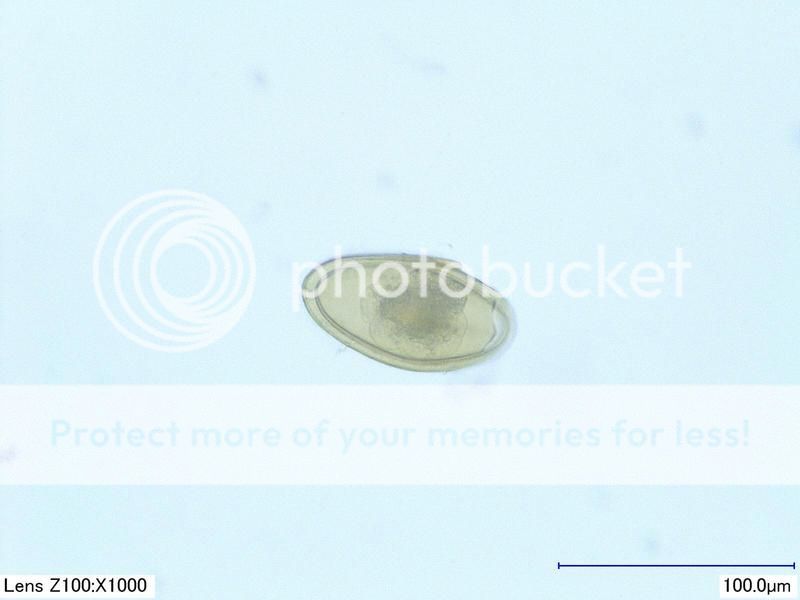
Figure 5: Another Oxiurida ova at 1000x magnification
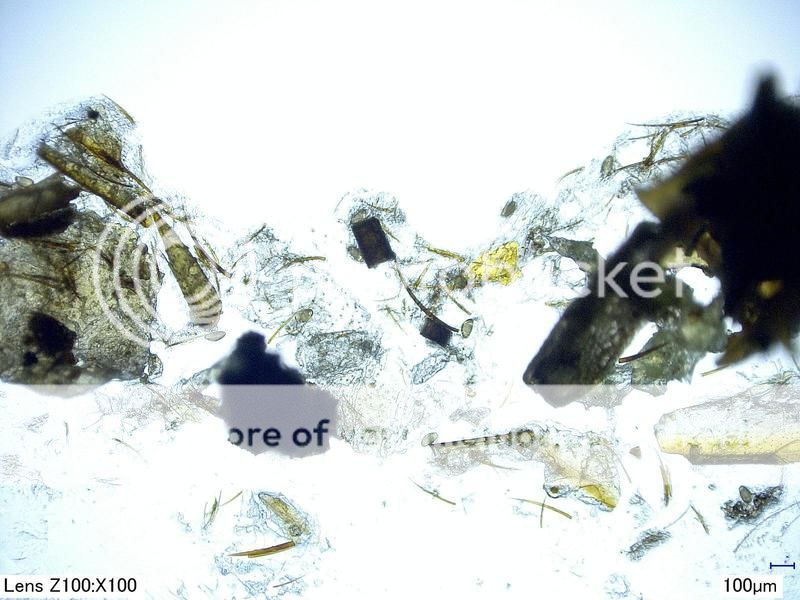
Figure 6: I count 9 Oxyurid ova in this image

Figure 7: Detail view of the left side of Figure 6 showing a half-dozen Oxyurid ova
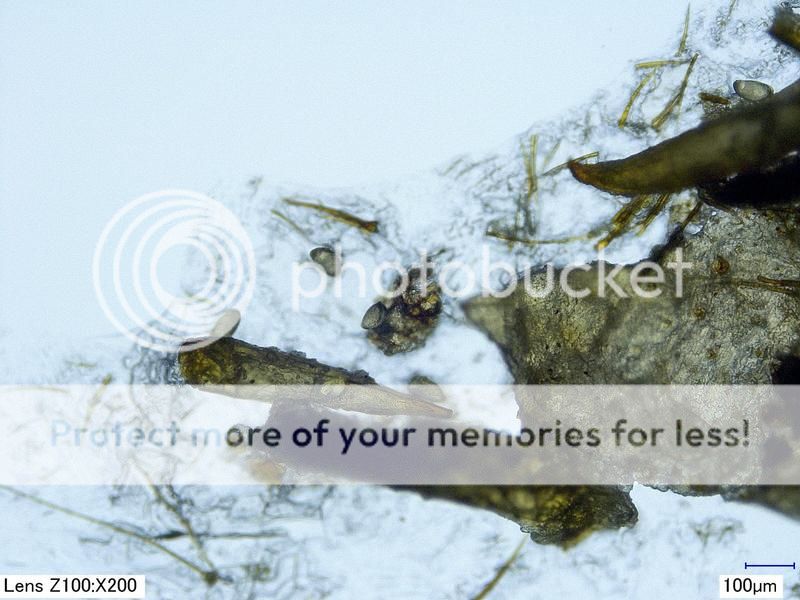
Figure 8: Another group of Oxyurida ova

Figure 9: A single ovum at the edge of the slide cover
Is this enough to consider treating it, or should I just leave it be?
_______________________________________________________________
The following shapes are roughly 5 microns across (relative to the Oxyurid ovum which are 20 times larger). I was not able to identify these. They vary in color, but seem completely uniform except for the darker border area. Perhaps someone else might have a clue?
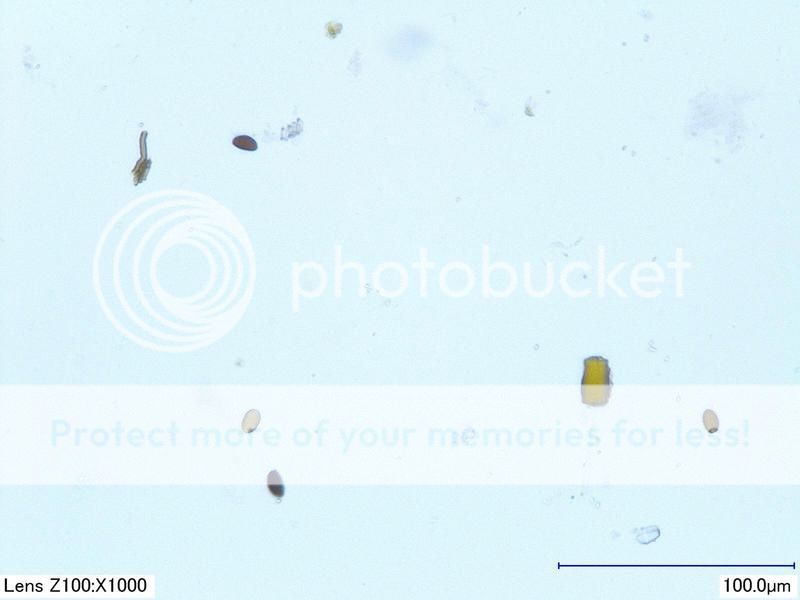
Figure 10: Small, opaque seed-like shapes with dark boundaries were found occasionally. Note 1000x magnification.

Figure 11: A field of opaque seed-like shapes at 300x magnification. Oxyurida ovum visible at left. Possibly a cluster of seed-like shapes at lower right.
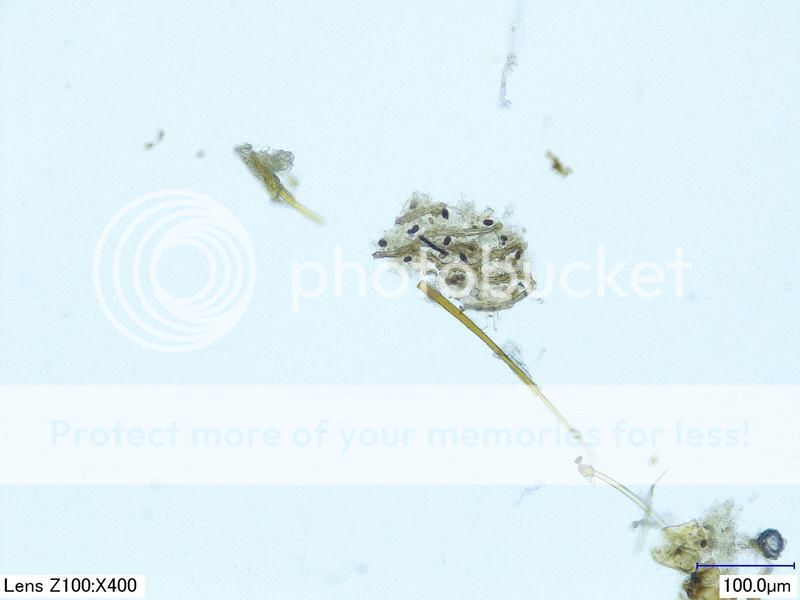
Figure 12: A cluster of opaque seed-like shapes at 400x magnification
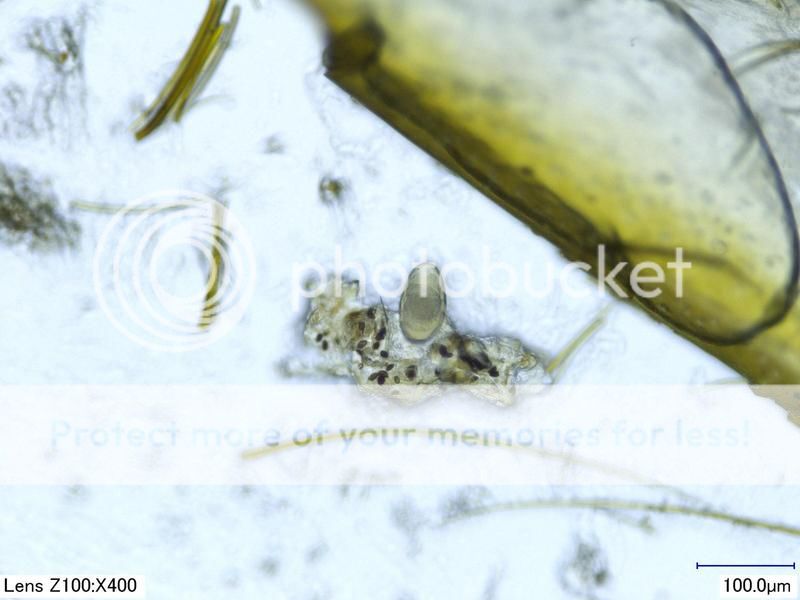
Figure 13: Another cluster of seed-like shapes next to an Oxyurid ovum at 400x magnification
Advice and suggestions are appreciated. Thank you!





